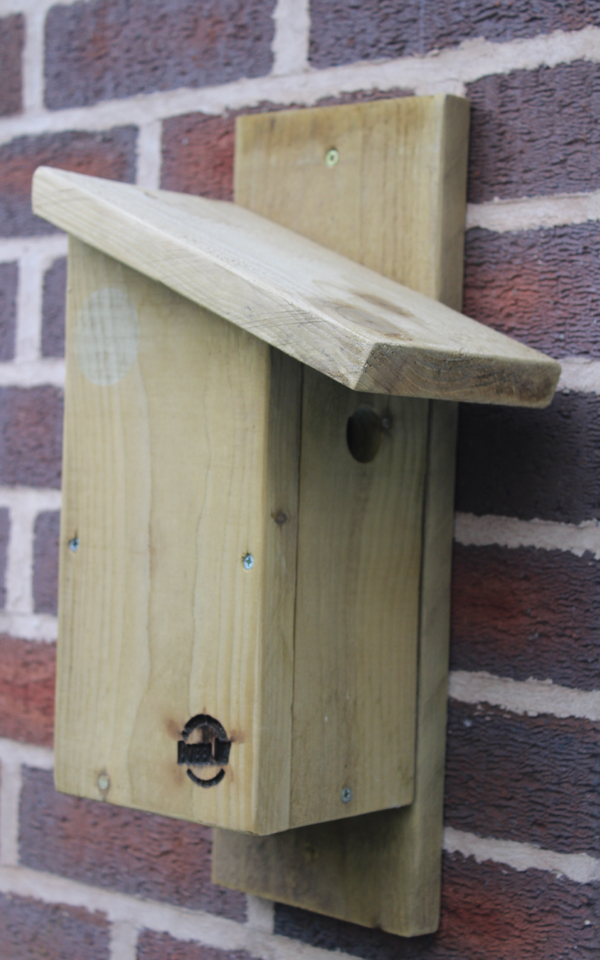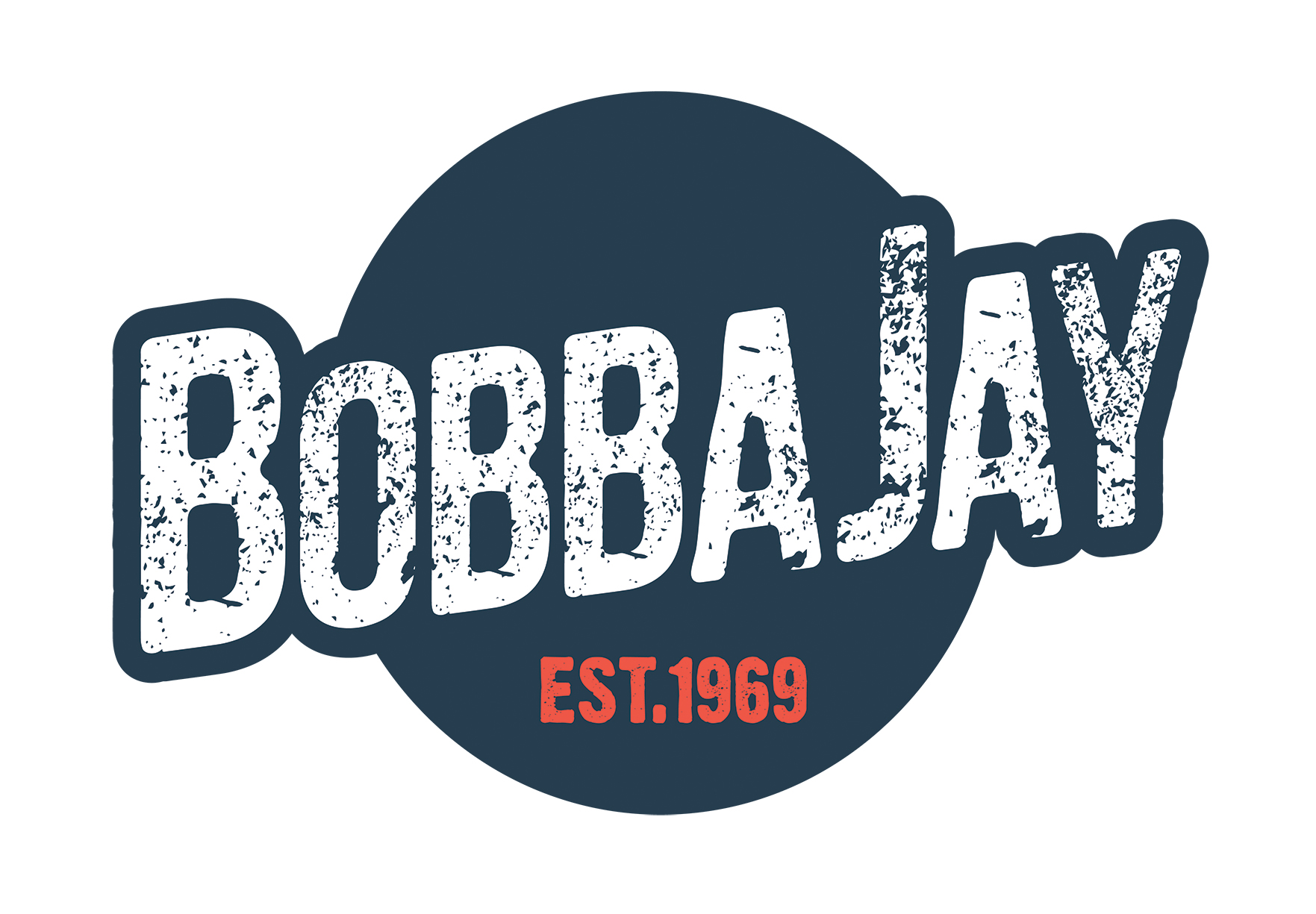The
Left & Right Bird Box
Sometimes a classic bird box just won’t fit where you want it to, so we’ve created these ‘side-on’ boxes
£20 (inc. P&P)
- Made from 22mm timber – will last for years
- 28mm hole – ideal for all tits (Blue, Coal and Great)
- Entrance hole can face left or right – just let us know which one you want!
- Features internal ‘fledgling skerfs’ to help young birds leave the nest
- Made from treated reclaimed/salvaged wood
- Minimum of two fixing points for attaching to wall/tree/fence
- Easy maintenance
- Free postage – comes flat packed with instructions
- Natural wood finish
- BobbaJay branded
The
Finer Details
Dimensions
- Height – 44cm
- Width – 20cm
- Depth – 14.5cm (exc. roof)
- Depth – 20cm (inc. roof)
- Distance between fixing points – 33cm.
Dimensions (when posting)
- 44cm x 10cm x 15cm
Construction
- All boxes are pre-built, then deconstructed for posting to save postage and packaging costs
- This means that all the holes are pre-drilled, countersunk and therefore accurate
- There are only 6 pieces and 10 screws (all supplied)
- Each piece is labelled (see photo) and all writing remains internal once built… so you won’t see it
- All you need is a Phillips screwdriver. It really is child’s play…. in fact, children love building them!




Siting your bird box
- The left or right bird box should be placed between 2-4m from the ground, attached securely to a wall, fence or tree, to ensure they’re out of reach of predators
- The recommended direction to face a nest box is between north and east, as this will provide natural protection from direct sunlight, wind and rain, creating a safe environment for growing birds
- Make sure there is a direct flight path to the entrance of the nest box. Keeping it clear of obstructions will make it easier for birds to find the nest box and allow them to gain easy access
- Avoid placing nest boxes too near to bird feeders and bird baths – high levels of activity can cause disruption to established nests and may even lead to it being abandoned
- Most species of bird are territorial, so avoid having too many nest boxes in one area. Distribute them evenly around the garden, ensuring there are sufficient food sources available for each one
- When attaching a nest box to a tree, try not to use nails or other materials that will rust and cause damage to the tree. An alternative is to use an adjustable strap or galvanized wire
- Make sure there are perches and areas of foliage for cover nearby. Nest boxes with a perch below the entrance can assist predators, so they are not recommended
- If the nest box has not been inhabited for two years or more, try moving it to a new location. If still no luck, keep experimenting with different locations until you get success!
- Birds start looking for possible places to store food and to roost in Winter, which they usually return to in Spring for nesting. So having your home for them ready in late Autumn, or early Winter, will allow plenty of time for the birds to get settled. Although it’s never too early, or too late, to put one up.

